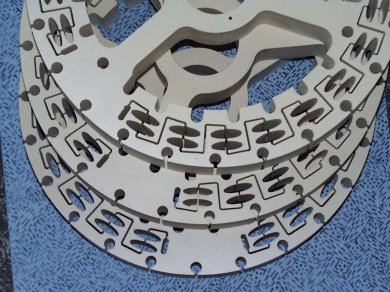As a highly selective separation process, chromatography is an almost inevitable step in downstream processing. It is particularly important for mixtures containing components with similar physicochemical properties or biologically active components that require mild operating conditions. In the last 15 years, continuous chromatographic processes have gained a lot of attention due to their increasing use as a preparative separation step for life science products.
Mirjana Minceva and co-workers, Friedrich-Alexander University Erlangen-Nuremberg, Germany, present and validate a procedure for the selection of the operating parameters of a sequential centrifugal partition chromatography (sCPC) unit for the complete separation of a binary feed mixture. The procedure combines experimentally determined equilibrium and hydrodynamic parameters with the constraints on the unit operating conditions. These are derived theoretically using the assumption of instantaneous solute distribution (partition) equilibrium. The proposed procedure is demonstrated for the complete separation of a binary feed mixture of hydroquinone and pyrocatechol.
Using selected sets of sCPC operating parameters, complete continuous separation of the feed mixture was achieved experimentally in a commercial sCPC unit.
Image: © Wiley-VCH
- Sequential Centrifugal Partition Chromatography: A New Continuous Chromatographic Technology
E. Hopmann, J. Goll, M. Minceva,
Chem. Eng. Technol. 2012, 35(1).
DOI: 10.1002/ceat.201100266



